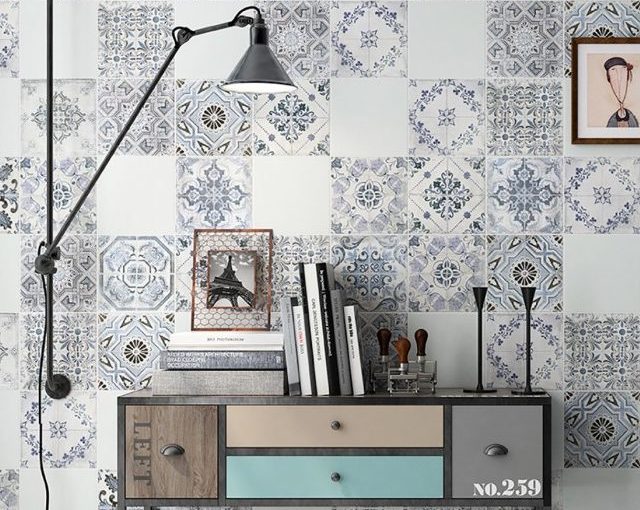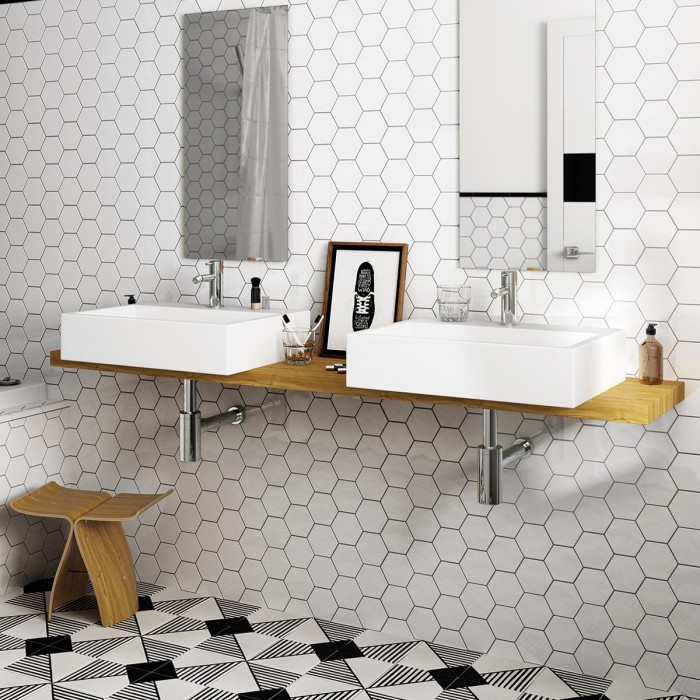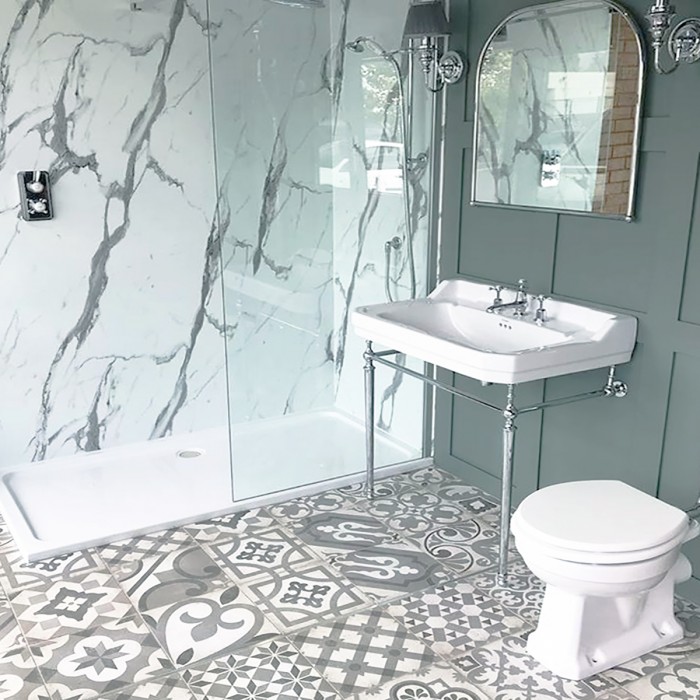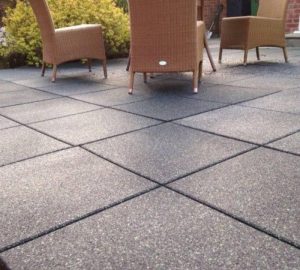It’s that time of year for spring cleans, clear-outs and renovations.
Choosing new floor tiles or wall tiles for your renovation takes some consideration. A well-tiled surface is built to last. You could be living with your tile choice for a long time, so it isn’t a decision to rush. Careful planning is key to completing a home renovation that you’ll love, so it’s important to think about these factors when choosing tiles for your home:
Where are you tiling?
Different tiles are suitable for different purposes. Before you can begin a tiling job, you need a strong vision for where you would like your tiles to go, and what effect you would like to create. The tiles you’ll choose for a splash-back, border or feature wall will be very different to those that would suit an all-over project.
Choosing the right colour
The colour of your walls or floors is one of the defining aesthetic features of any room. It’s important to co-ordinate wall and floor tiles, but many people forget that your tiles should complement everything else in the room. If you have a distinct colour scheme in mind, it’s easy to work from there. But if the space you’re working with features an organic mixture of colours and styles, neutrals are a safe bet.
This doesn’t necessarily mean sticking to greys and beiges. Any muted colour with a grey undertone will work to bring colour to a space without looking disruptive. This includes a palette of dusty roses, mauves and duck-egg blues. It’s also wise to follow the conventional wisdom that brighter colours will serve to open a space, while dark colours add drama and atmosphere.
Sizing up your tiles
Choosing the right size for your tiles very much depends on the impact you want your tiles to have. If you’re looking to make a room appear larger with your tiles, the bigger the better. Equally, if you want to create a seamless effect, large tiles with matching grout are perfect. To make a feature of the design of each individual tile, choose a smaller style with a contrasting grout.
Tiling your walls or floors can be a very simple and rewarding home improvement task. Avoid these pitfalls to ensure a smooth renovation with professional-level results.
Running out of tiles
This is an embarrassing situation to find yourself in, and it’s surprisingly common. Often, when buying tiles, people calculate the exact number they’ll need to fill the space. This doesn’t account for wastage from damaged or broken tiles. Using online tile calculators helps to prevent this mistake by calculating the exact number of tiles you’ll need with an extra 10% for any waste.
Unprepared surfaces
The key to starting any tiling job properly is to prepare the surfaces before installation. Remove wallpaper, flaking paint and existing tiles as well as any nails, hooks or screws. The surface should be clean and smooth with no dust or dirt.
Uneven tiles
Uneven tiles are a tell-tale sign of DIY gone wrong. Place tiles evenly using a spacing tool to ensure that they look professional and won’t twist on application.
Making sure the grout is applied evenly and slowly using a suitable support tool. If you try to grout too large an area too quickly, the grout will dry unevenly and will cause an overall patchy effect. You also want to remove any excess grout to guarantee a seamless finish.











